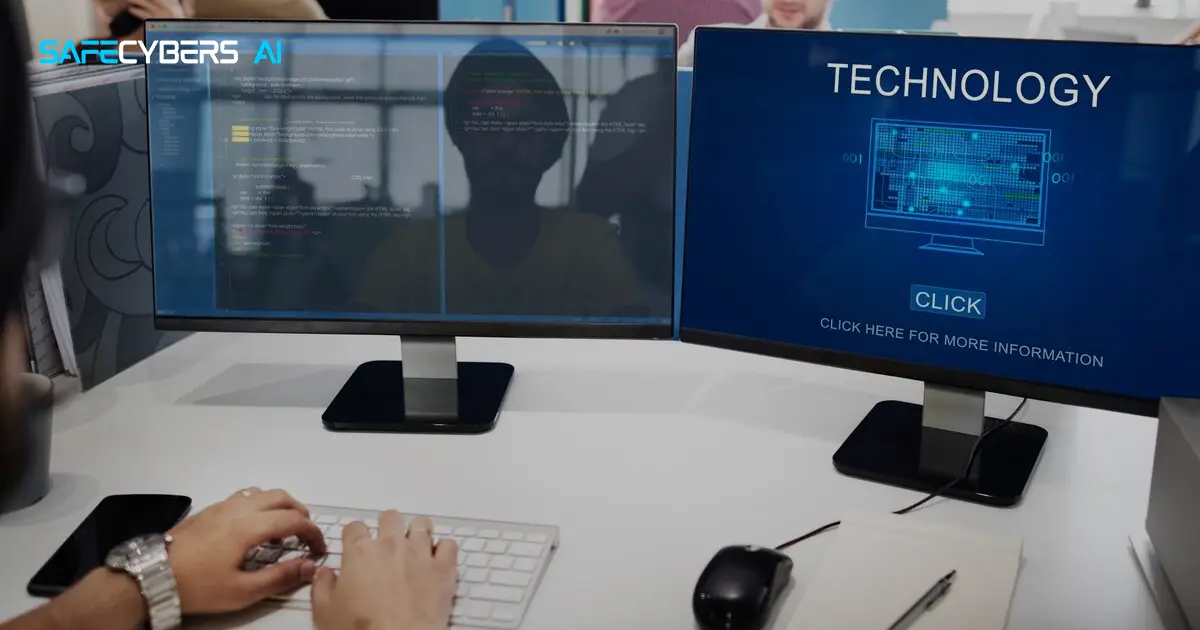
Blogs
How to Conduct a Credentialed Scan
Learn how to perform a credentialed scan effectively with this step-by-step guide. Explore best practices and tools to ensure comprehensive vulnerability assessment and enhance your cybersecurity posture.

Credentialed scans involve scanning your computer system with the proper permissions, comparable to having the right key to access specific areas. This process is important for identifying vulnerabilities in your digital infrastructure that could be exploited by malicious entities.
Why is this important? Think of your digital system as your home, and the information stored within it as your valuables. Conducting credentialed scans is like regularly checking that your doors and windows are secure, ensuring that your digital valuables remain protected from cyber threats.
In this guide, we'll break down the process of conducting credentialed scans
What are Credentialed Scans?
A credentialed scan is like having a secret handshake for your computer. It means scanning your system with the right permissions – think of it as having the right key to open the door. This helps in finding and fixing security issues effectively.
Why Credentialed Scans Matter:
Credentialed scans go deep into your system, like a detective looking for hidden clues. They find vulnerabilities that could be exploited by cyber threats. It's like securing your house– you want to be sure your digital space is safe too.
Step 1: Prepare Your Credentials:
For a credentialed scan, you need the right username and password. These are your digital keys. Make sure they are strong and secure and created with a strong combination of letters, numbers and signs.
Step 2: Choose the Right Tools:
Now that you have your keys, you need the right tools to do the job. Popular ones include Nessus and Qualys. They help you scan your system thoroughly.
Step 3: Set Up Your Scan:
It's time to start your detective work. Set up your tools to scan your system with the credentials you gathered earlier. This step ensures you cover all areas, leaving no room for cyber surprises.
Step 4: Analyze the Results:
Once your scan is done, look at the findings – these are the vulnerabilities. It's crucial to understand what's wrong, just like checking your health report after a doctor's visit. This is where risk-based vulnerability management comes into play.
Step 5: Prioritize and Fix:
Not all issues are equally serious. Some are like a leaky faucet – annoying but not an emergency. Others are like a broken door – needing immediate attention. Use risk-based vulnerability management to prioritize what to fix first.
Step 6: Repeat Regularly:
Security is not a one-time job. You need to do it regularly. Schedule regular credentialed scans to ensure your system stays safe.
Benefits of Credentialed Scans:
Effective Vulnerability Detection:
Credentialed scans dig deep, like a skilled detective. They uncover vulnerabilities that might be missed in regular scans. This ensures a robust defense against potential cyber threats.
Accurate Results:
By using the right keys (credentials), you get a full view of your system. This accuracy makes it easier to identify and fix security issues.
Risk-Based Vulnerability Management:
Prioritizing issues based on their risk level is like fixing the most critical problems first. It's a strategic approach to cybersecurity, ensuring resources are used wisely.
Cost-Effective Security:
Credentialed scans help in efficiently allocating resources, preventing potential costly damages in the future.
Conclusion:
In the world of cybersecurity, conducting a credentialed scan is about being proactive, using the right tools, and staying vigilant. By following these simple steps and incorporating risk-based vulnerability management, you ensure that your systems remain a fortress against cyber threats. Regularly conducting credentialed keeps everything in order and safeguards what matters most.